Poultry: Comprehensive Guide to Backyard and Farm Birds
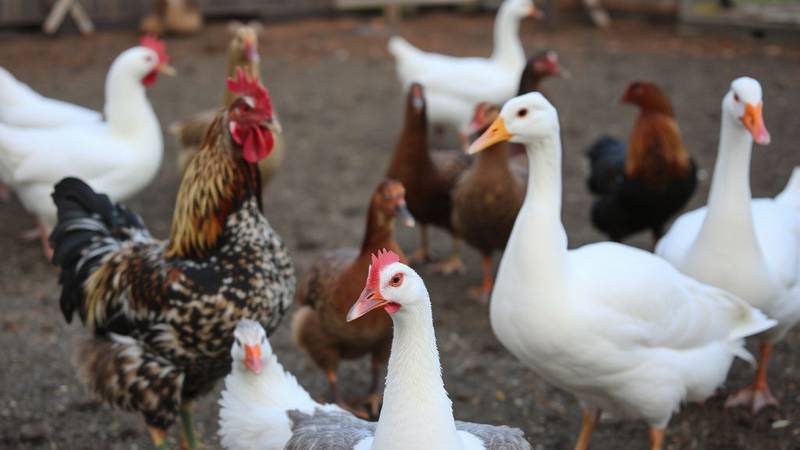
From familiar chickens to majestic ostriches, poultry represents a diverse group of birds raised by humans for their meat, eggs, feathers, or companionship. This guide explores their history, characteristics, farming methods, and essential role in our societies and economy. Discover the emblematic species that populate our farmyards and farms.
Discover SpeciesPage Contents
Our 10 Emblematic Poultry Species
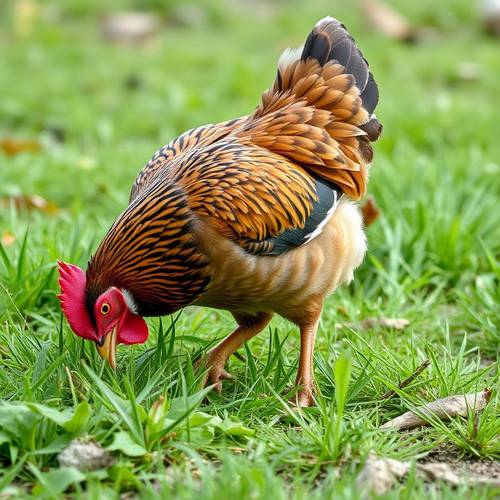
Domestic Chicken
The most widespread domestic bird in the world, raised for its meat and eggs. Descended from the Red Junglefowl and exists in numerous breeds.
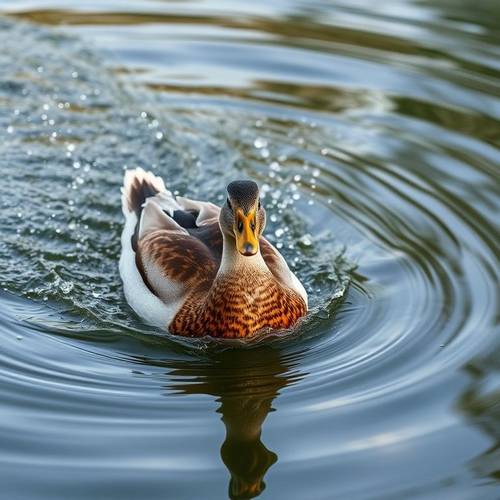
Domestic Duck
Mainly derived from the Mallard, it is valued for its meat, eggs, and foie gras. Many breeds exist with varied characteristics.
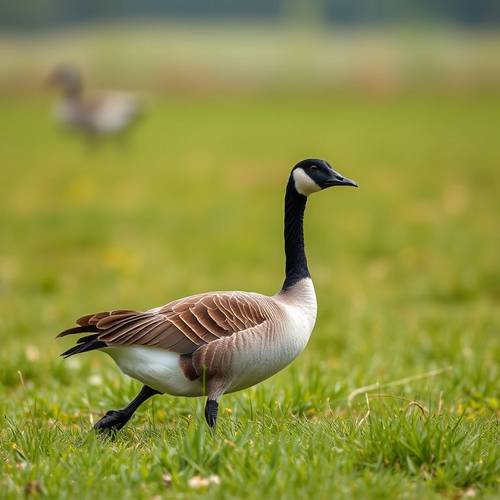
Domestic Goose
Descendant of the Greylag Goose or Swan Goose, it is raised for its meat, eggs, feathers, and foie gras. It is an imposing and noisy bird.
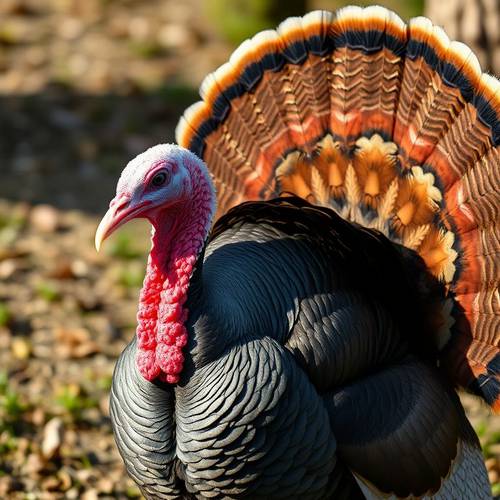
Domestic Turkey
Native to North America, the turkey is highly prized for its meat, especially during holidays. It is recognizable by its bare, colored head and neck.
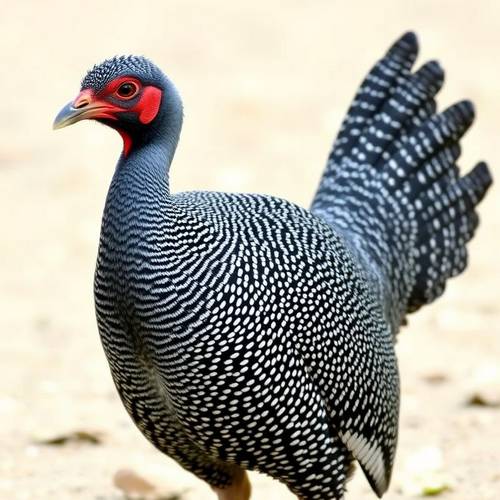
Domestic Guineafowl
An African bird, the guineafowl is appreciated for its gamey-tasting meat and its ability to hunt insect pests. Its call is distinctive.
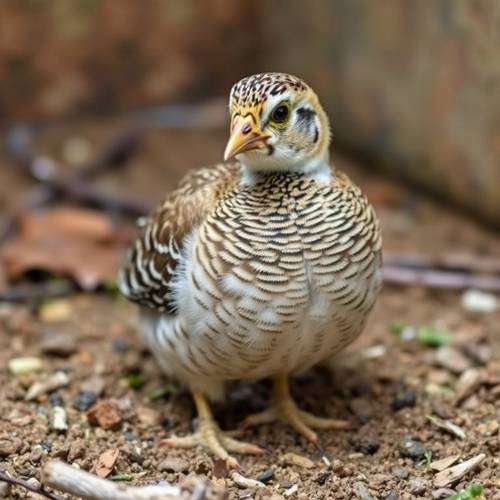
Domestic Quail
A small galliform bird raised for its small eggs and delicate meat. Easy to raise, it is popular with small farmers and gourmets.
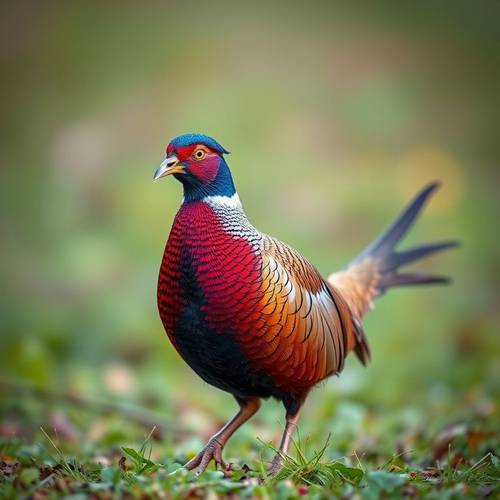
Common Pheasant
A bird from the Galliformes family, raised for hunting and its meat. The male is recognizable by its brilliant plumage and long tail.
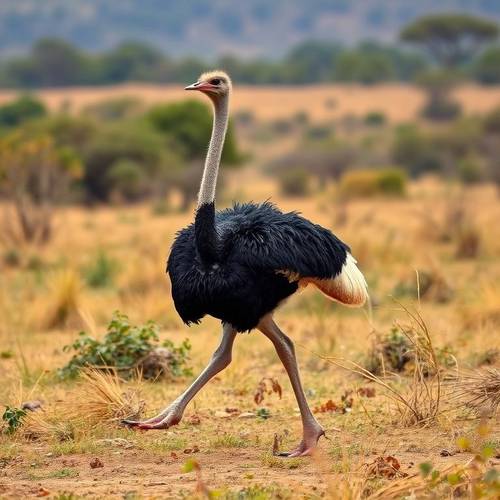
Common Ostrich
The largest and heaviest bird. Raised for its meat, giant eggs, leather, and feathers. It is an exceptional runner.
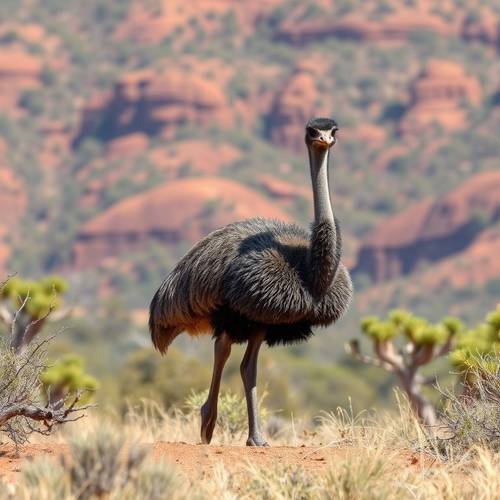
Emu
The second largest bird in the world, native to Australia. Raised for its meat, oil, and leather. Less common than the ostrich but fascinating.
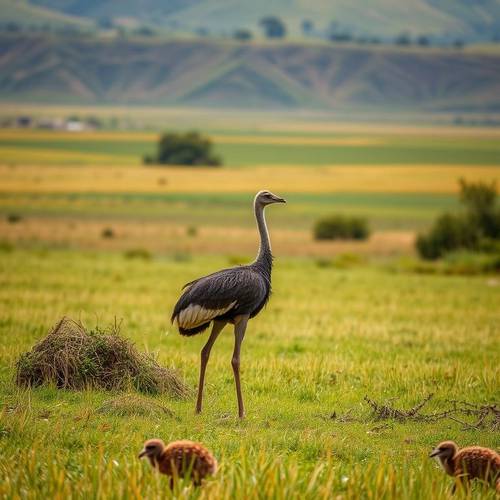
Rhea
Large flightless bird from South America, often raised for its meat and eggs. It resembles a miniature ostrich and lives in groups.
Explore All Our Guides on Poultry
In addition to our 10 emblematic species, our site will cover many other poultry, including rare breeds and less common species. Access all our detailed identification guides below.
Other Complete Guides to Discover
Click on the name of a poultry or breed to access its detailed profile directly: photos, habitat, behavior, and rearing tips.
Guides for More Specific and Rare Species
For enthusiasts, we will also have dedicated profiles for lesser-known or more specialized poultry species or breeds.
- Capon – The peculiarity of raising young roosters
- Poularde – The pullet intended for fattening
- Red-legged Partridge – The wild game bird often farmed
- Golden Pheasant – The ornamental pheasant
- Chinese Painted Quail – The smallest domestic quail
What is Poultry?
The term "poultry" generally refers to domestic birds raised by humans for their meat, eggs, feathers, or other products. It encompasses a wide diversity of species, primarily Galliformes (chickens, turkeys, quails, pheasants, guineafowl) and Anseriformes (ducks, geese). By extension, it can also include large flightless birds like the ostrich, emu, and rhea, when they are raised in captivity.
Poultry farming, or aviculture, is a millennia-old practice essential to human nutrition and the global agricultural economy. Poultry are valued for their rapid growth, adaptability to different environments, and yield of animal products.
Adaptations and Characteristics of Poultry
Poultry exhibit various adaptations related to their domestication and farming function:
- Rapid growth and yield: Selected for high and efficient meat or egg production.
- Social behavior: Many are gregarious species, facilitating group rearing.
- Breeds and varieties: An incredible diversity of breeds has been developed, each with unique characteristics (size, plumage, production, resistance).
- Flexible diet: Capable of utilizing a wide range of feeds, from grains to insects and vegetation.
- Controlled reproduction: Laying and incubation cycles are often manipulated to optimize production.
These birds are the result of millennia of co-evolution with humans, shaping their physical and behavioral traits.
Poultry Farming: Practices and Environments
Poultry farming is practiced in a multitude of systems, ranging from family farmyards to large industrial operations:
- Traditional farmyard: Free-range or semi-free-range rearing, often on a small scale, for self-consumption or local sale.
- Free-range farming: Birds have access to outdoor runs for foraging and movement, combining productive aspects with animal welfare.
- Barn farming: Poultry are raised indoors in controlled structures for temperature, humidity, and light, optimizing production.
- Specialized farms: For specific products like foie gras (geese, ducks), feathers (ostriches), or breeding stock production.
Each farming method aims to meet production objectives, product quality, and increasingly, animal welfare.
Our Poultry Enthusiast's Tip
Raising poultry, whether for a few backyard chickens or a diverse small farm, is a rewarding and enriching activity. To get started, the most important thing is to thoroughly research the specific needs of each species or breed you plan to acquire.
The tip that works wonders: start small and observe! A pair of laying hens or a few quails will allow you to learn the basics without being overwhelmed. Ensure you have secure shelter, fresh water, and a balanced diet. Cleanliness of the coop and vigilance against predators are key to the health and productivity of your poultry.
Our 5 Key Tips for Poultry Farming:
- Choose the right breeds: Match your poultry to your climate, available space, and goals (eggs, meat, companionship).
- Provide secure shelter: Protect your birds from predators (foxes, birds of prey) and bad weather with a sturdy, well-ventilated coop.
- Impeccable hygiene: Regularly clean feeders, drinkers, and living spaces to prevent diseases.
- Balanced diet: Provide feed adapted to the age and type of poultry, supplemented if possible with grass and insects.
- Daily monitoring: Check the health of your birds, their behavior, water, and food consumption to quickly detect any problems.
Diet and Rearing Strategies
The diet of poultry varies considerably depending on the species, age, and farming system:
- Compound feeds: Predominant in modern farming, they are formulated to provide all necessary nutrients for optimal growth or egg-laying.
- Grains: Wheat, corn, barley are important staples for many poultry, often supplemented with proteins (soybean meal).
- Forages and insects: In free-range farming, poultry forage for grass, wild seeds, and invertebrates, enriching their diet.
- Supplements: Crushed oyster shells for calcium in laying hens, or grit to aid digestion.
Good feed management is crucial for bird health and farming profitability.
History and Importance of Poultry Domestication
The domestication of poultry is a history dating back several millennia, marking a turning point in the development of human societies:
- Diverse origins: Chickens mainly descend from the Red Junglefowl of Southeast Asia (over 8,000 years ago), while domestic ducks come from the Mallard, and domestic geese from the European Greylag Goose or Asian Swan Goose. Turkeys are native to North America.
- Crucial contributions: Poultry provided essential sources of protein (meat, eggs) and raw materials (feathers), facilitating sedentarization and the development of agriculture.
- Cultural and symbolic role: Beyond their food utility, many poultry, like the rooster, have acquired a strong symbolic dimension in various cultures.
- Continuous development: Over the centuries, selection and breeding have given rise to hundreds of breeds adapted to specific environments and objectives.
Today, poultry are at the heart of the global agro-food industry, with major challenges concerning sustainability and animal welfare.